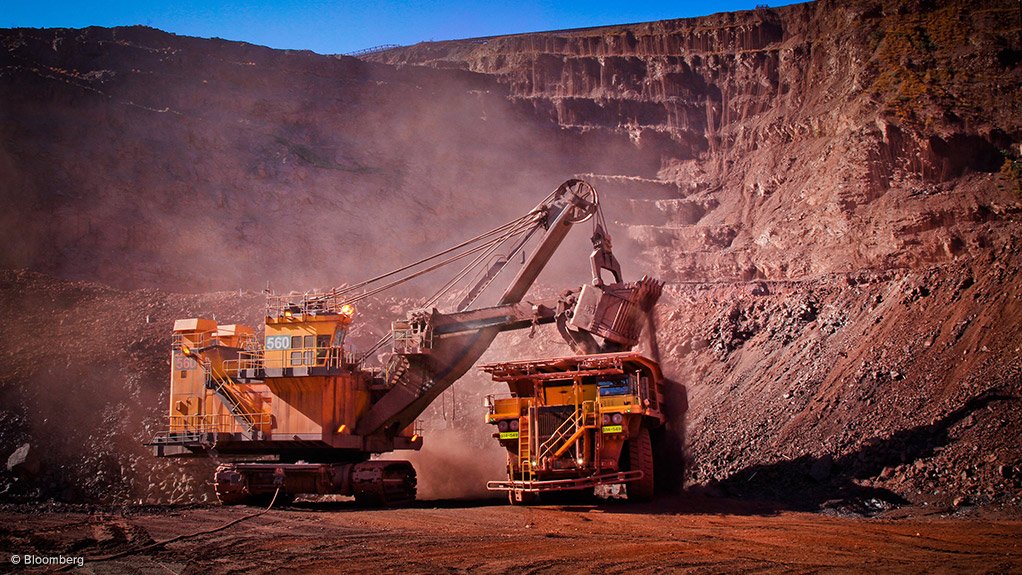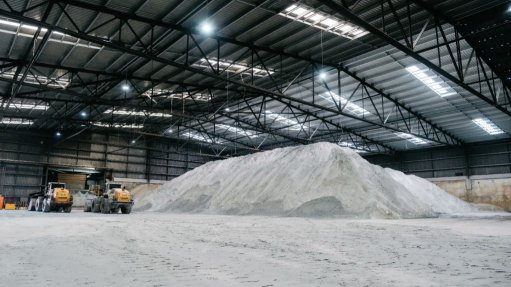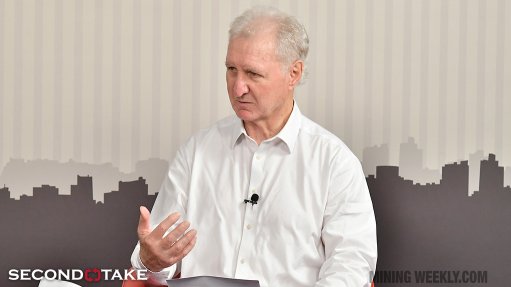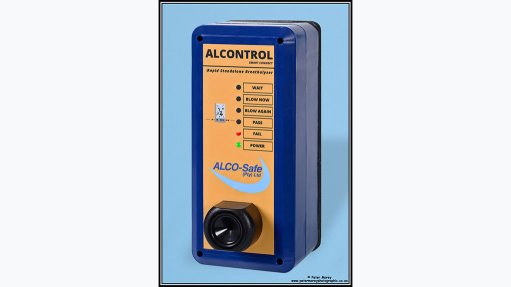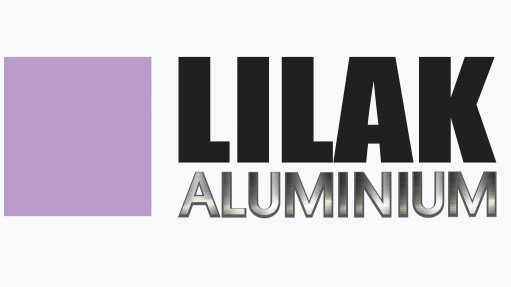Despite tailwinds, South Africa’s recovery could fade into ‘another lost decade’ without reforms
The World Bank expects South Africa to grow by 4% in 2021, supported by the strong global economic recovery from Covid and favourable commodity prices. However, the bank also warns that the medium-term outlook remains uncertain and will depend largely on whether the country is able to implement deeper economic reforms that support job creation and entrepreneurship.
In its thirteenth South Africa Economic Update, released on July 12, the bank shows that the 2021 rebound, which follows the dramatic 7% contraction of 2020, is being underpinned by strong recoveries in key trading partners such as China and the US, as well as a marked improvement in its terms of trade.
Nevertheless, both the rebound and South Africa’s medium-term outlook remain relatively modest when benchmarked against other developing countries, including Vietnam, India and Mexico, with the bank forecasting growth to slow to 2.1% in 2022 and to 1.5% by 2023.
Such a performance suggests that the average South African will still be worse off in 2023 compared with 2019.
The report stresses that the low-growth risk is not primarily a consequence of government’s crisis response, which it describes as “sound”, with a “significant relief package” implemented to counter the adverse impacts of the lockdown on economic activity.
“Instead, the pandemic has exposed long-standing structural weaknesses that have progressively worsened since the global financial crisis of 2008/9.”
South Africa would benefit most, the report argues, if the government simultaneously implemented structural reforms, some of which are beginning to emerge.
In June, President Cyril Ramaphosa announced that South Africa would implement a reform in the electricity sector, lifting the licence-exemption cap on embedded generation plants from 1 MW to 100 MW and allowing for electricity wheeling and trading. Government also announced a ports reform and that a private strategic equity partner would hold the majority of the grounded South African Airways, which is emerging from business rescue.
“Should South Africa not use the crisis as an inflection point, it risks suffering another lost decade,” the report cautions, while adding that higher growth represents the only path for the country to create prosperity, generate jobs and improve its public finances and debt dynamics.
Describing the country’s growth, employment and debt challenges as interconnected, the bank states that, after a decade of low growth that left the average South African poorer in 2019 than in 2010, the pandemic has made things even worse.
Unemployment has increased by more than one-million to seven-million, as reflected by the rise in the official unemployment rate to a record 33%.
“Of equal importance are the 17-million South Africans who are not playing an active part in the labour market. Of these, about three-million appear to have stopped searching for work altogether,” the reports states, adding that the Covid crisis is widening already high levels of inequality.
To strengthen the country’s jobs recovery, the World Bank is proposing four categories of measures, namely:
- strengthening the labour market linkages of temporary government programmes by expanding the employment tax incentive and the Temporary Employee/Employer Relief Scheme, or TERS, for lockdown-damaged sectors;
- placing a 12- to 18-month moratorium on regulations that increase the real cost of labour and make job recovery more difficult;
- revisiting the approach to entrepreneurship, micro and small businesses and self-employment (which at 10% of total employment lags that in other countries) by relaxing legal constraints and scaling up programmes that provide entrepreneurial training and start-up grants; and
- improving the governance of active labour market programmes by systematically incorporating job search and training modules into the Expanded Public Works Programme and the Presidential Employment Stimulus, incentivising labour intermediation services, allowing employers access to funds in the Unemployment Insurance Fund to supplement the wages of part-time workers and developing institutions for active labour market programmes.
“To generate employment, South Africa would have to address three chronic problems in its labour market: extremely high rates of inactivity, high rates of unemployment and low levels of self-employment,” the report avers.
The bank concludes that the global recovery presents an opportunity for government to address the well-known structural constraints to its growth prospects and to lift the country onto a higher and dynamic growth path.
Article Enquiry
Email Article
Save Article
Feedback
To advertise email advertising@creamermedia.co.za or click here
Press Office
Announcements
What's On
Subscribe to improve your user experience...
Option 1 (equivalent of R125 a month):
Receive a weekly copy of Creamer Media's Engineering News & Mining Weekly magazine
(print copy for those in South Africa and e-magazine for those outside of South Africa)
Receive daily email newsletters
Access to full search results
Access archive of magazine back copies
Access to Projects in Progress
Access to ONE Research Report of your choice in PDF format
Option 2 (equivalent of R375 a month):
All benefits from Option 1
PLUS
Access to Creamer Media's Research Channel Africa for ALL Research Reports, in PDF format, on various industrial and mining sectors
including Electricity; Water; Energy Transition; Hydrogen; Roads, Rail and Ports; Coal; Gold; Platinum; Battery Metals; etc.
Already a subscriber?
Forgotten your password?
Receive weekly copy of Creamer Media's Engineering News & Mining Weekly magazine (print copy for those in South Africa and e-magazine for those outside of South Africa)
➕
Recieve daily email newsletters
➕
Access to full search results
➕
Access archive of magazine back copies
➕
Access to Projects in Progress
➕
Access to ONE Research Report of your choice in PDF format
RESEARCH CHANNEL AFRICA
R4500 (equivalent of R375 a month)
SUBSCRIBEAll benefits from Option 1
➕
Access to Creamer Media's Research Channel Africa for ALL Research Reports on various industrial and mining sectors, in PDF format, including on:
Electricity
➕
Water
➕
Energy Transition
➕
Hydrogen
➕
Roads, Rail and Ports
➕
Coal
➕
Gold
➕
Platinum
➕
Battery Metals
➕
etc.
Receive all benefits from Option 1 or Option 2 delivered to numerous people at your company
➕
Multiple User names and Passwords for simultaneous log-ins
➕
Intranet integration access to all in your organisation



